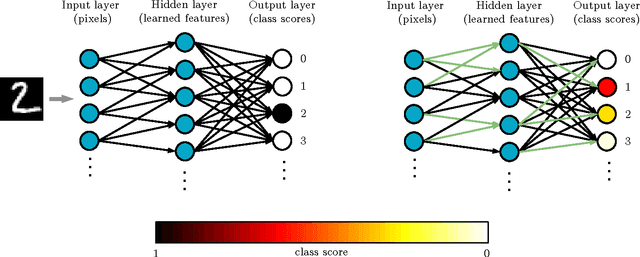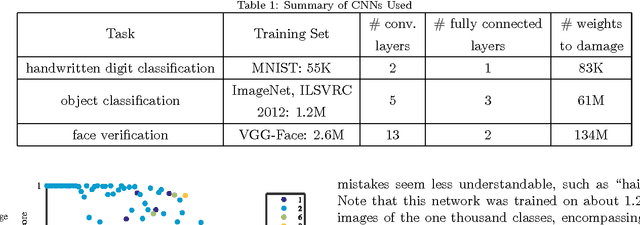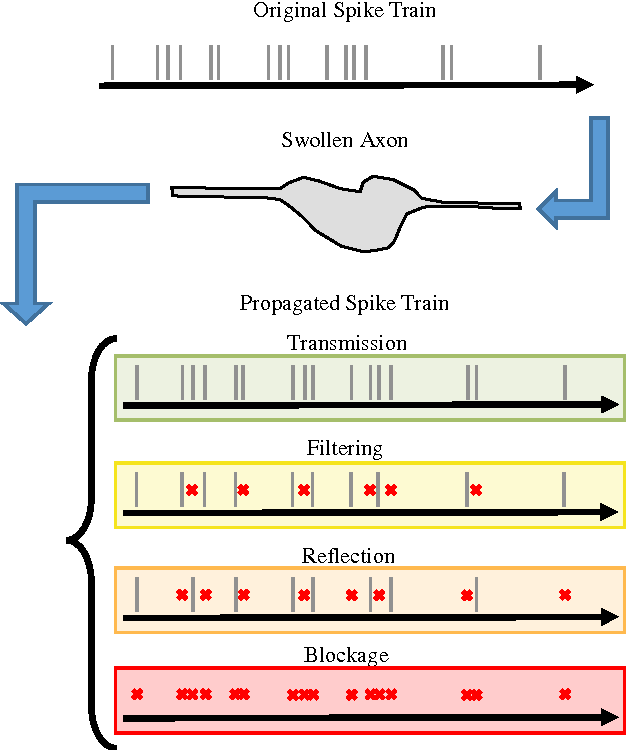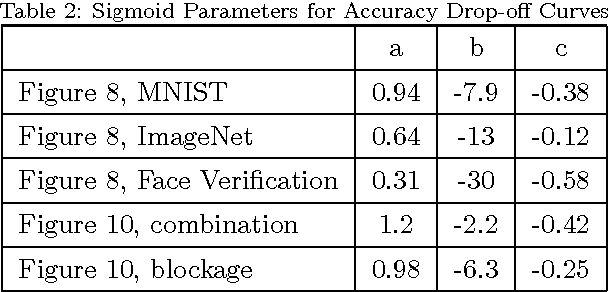Jake Weholt
Modeling cognitive deficits following neurodegenerative diseases and traumatic brain injuries with deep convolutional neural networks
Dec 13, 2016



Abstract:The accurate diagnosis and assessment of neurodegenerative disease and traumatic brain injuries (TBI) remain open challenges. Both cause cognitive and functional deficits due to focal axonal swellings (FAS), but it is difficult to deliver a prognosis due to our limited ability to assess damaged neurons at a cellular level in vivo. We simulate the effects of neurodegenerative disease and TBI using convolutional neural networks (CNNs) as our model of cognition. We utilize biophysically relevant statistical data on FAS to damage the connections in CNNs in a functionally relevant way. We incorporate energy constraints on the brain by pruning the CNNs to be less over-engineered. Qualitatively, we demonstrate that damage leads to human-like mistakes. Our experiments also provide quantitative assessments of how accuracy is affected by various types and levels of damage. The deficit resulting from a fixed amount of damage greatly depends on which connections are randomly injured, providing intuition for why it is difficult to predict impairments. There is a large degree of subjectivity when it comes to interpreting cognitive deficits from complex systems such as the human brain. However, we provide important insight and a quantitative framework for disorders in which FAS are implicated.
 Add to Chrome
Add to Chrome Add to Firefox
Add to Firefox Add to Edge
Add to Edge